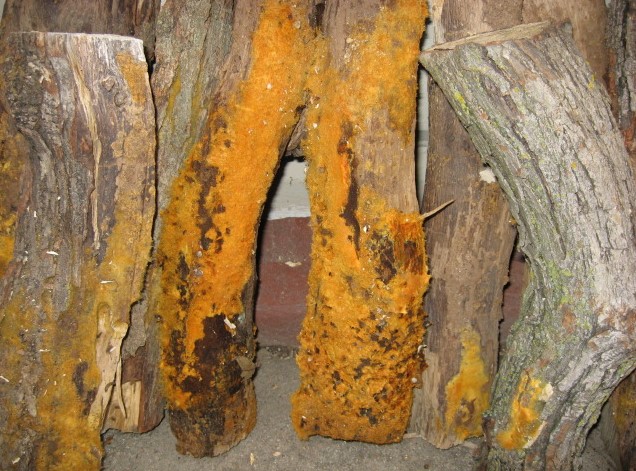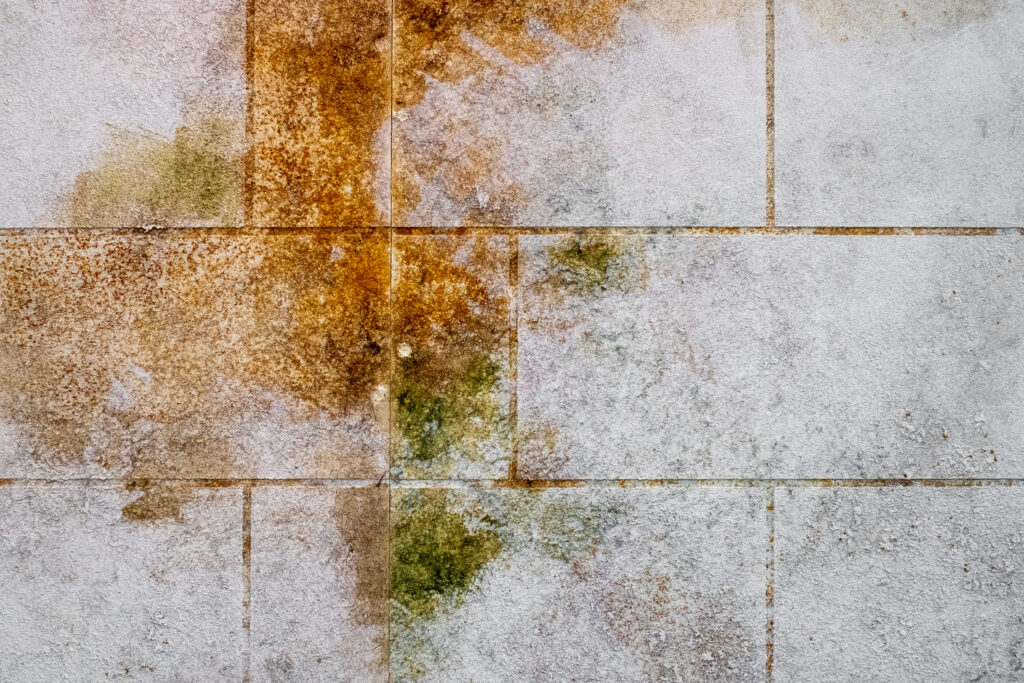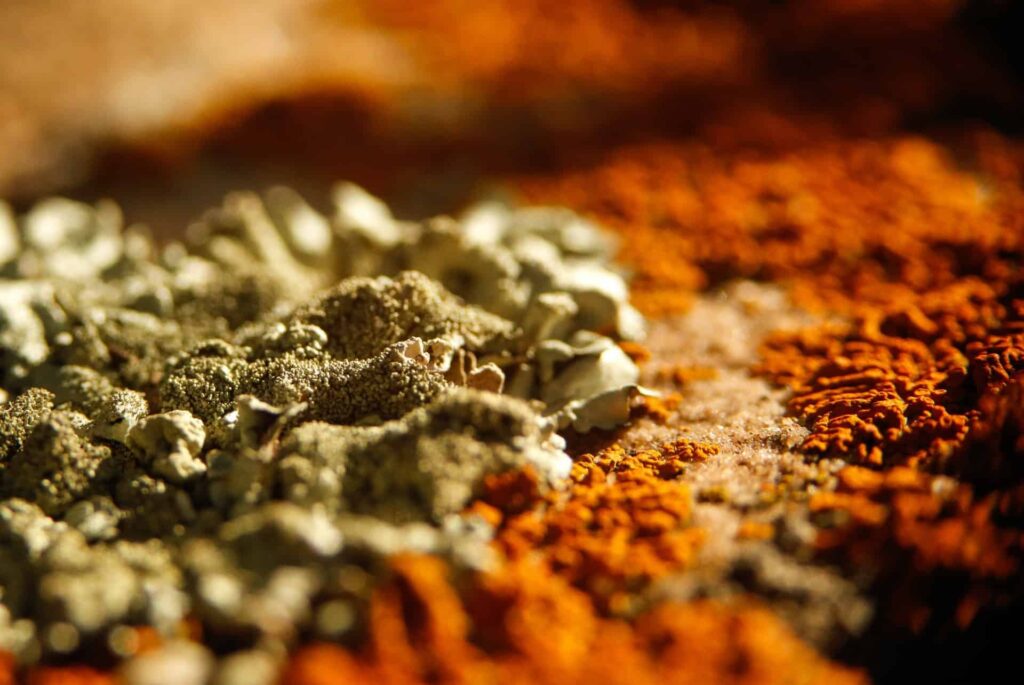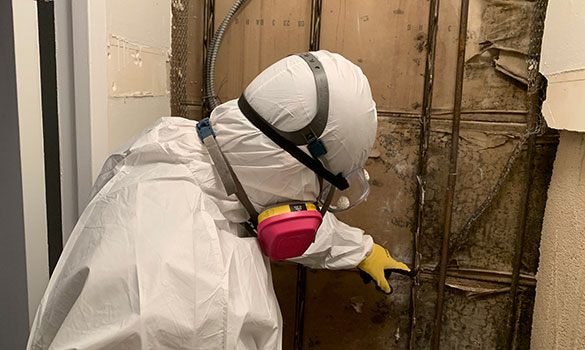
Noticing slimy orange spots in your bathroom? On the shower? Or \even surfaces like wood or food?
Wondering if it’s dangerous orange mold and what to do?
Orange mold is often found growing as a companion to black, green mold commonly found on food. In its early stages, orange mold usually looks like small spots on a surface. These spots are more likely to multiply on porous materials but can infest hard surfaces as well. A slimy substance begins to form with the infestation of the mold colony.
Where Orange Mold is Found

Like other molds, orange mold, thrives in damp and humid spaces like the bathroom, the shower, or a poorly ventilated kitchen. It likes to grow on wood, bread, cheese, and yogurt. Orange mold can also develop in hidden structures found in your home, including behind drywall, or in the basement crawl space.
Showers are the preferred breeding ground for various molds, because of their ability to trap ambient humidity, and frequency of use. Orange mold also tends to develop in a bathroom or shower with highly acidic or hard water containing high quantities of dissolved mineral content.
Orange mold is also relatively common outdoors likely found on wood surfaces, compost heaps, and grass piles with a slimy appearance.
In the home, such mold can develop on surfaces like the floor, support beams, and foundations.
An outbuilding with a leaky roof can also harbor mold colonies.
Without professional remediation, these mold colonies can cause serious structural damage.
Nutrient dense foods in your home like bread, cheese, dairy products are attractive breeding grounds for orange mold which can grow on the surface or penetrate the foods, growing inside.
If you notice any type of mold on your food, do not attempt to “Eat Around It.” Instead, consider the food contaminated and dispose of it as soon as possible.
Orange Mold Risks

Orange mold is visually both unappealing and unpleasant to the touch. In the early stages, it isn’t considered life-threatening but left unchecked, can cause significant damage to the structure of your home.
Individuals with weakened immune systems, respiratory allergies, or respiratory health problems can have stronger negative reaction to the persistent presence of mold inside a home.
Orange mold can also affect your water. If allowed to develop or build up in your home’s pipes, it can affect the taste of your water.
Trace amounts of mold that develop on food can also start to spread to other foods in your refrigerator.
Orange Mold Prevention
Here are several things you can do to help reduce the chances of orange mold infestation in your home:
- Ventilate your shower and keep it dry.
- Flush properly. Get repairs if necessary.
- Use a water softener or oxidizing filter to reduce the mineral content of your drinking water.
- Clean with hydrogen peroxide or a vinegar-based cleaning solution.
- Regularly clean your refrigerator and remove old foods to reduce the spread of mold spores.
Consider Professional Remediation

If you noticed orange or any other type of mold developing in your home, it can become difficult to manage.
At MoldGone, we offer FREE mold inspection and removal services available at reasonable prices.
Call us today at 240-970-6533 or click here to schedule your appointment!



Recent Comments